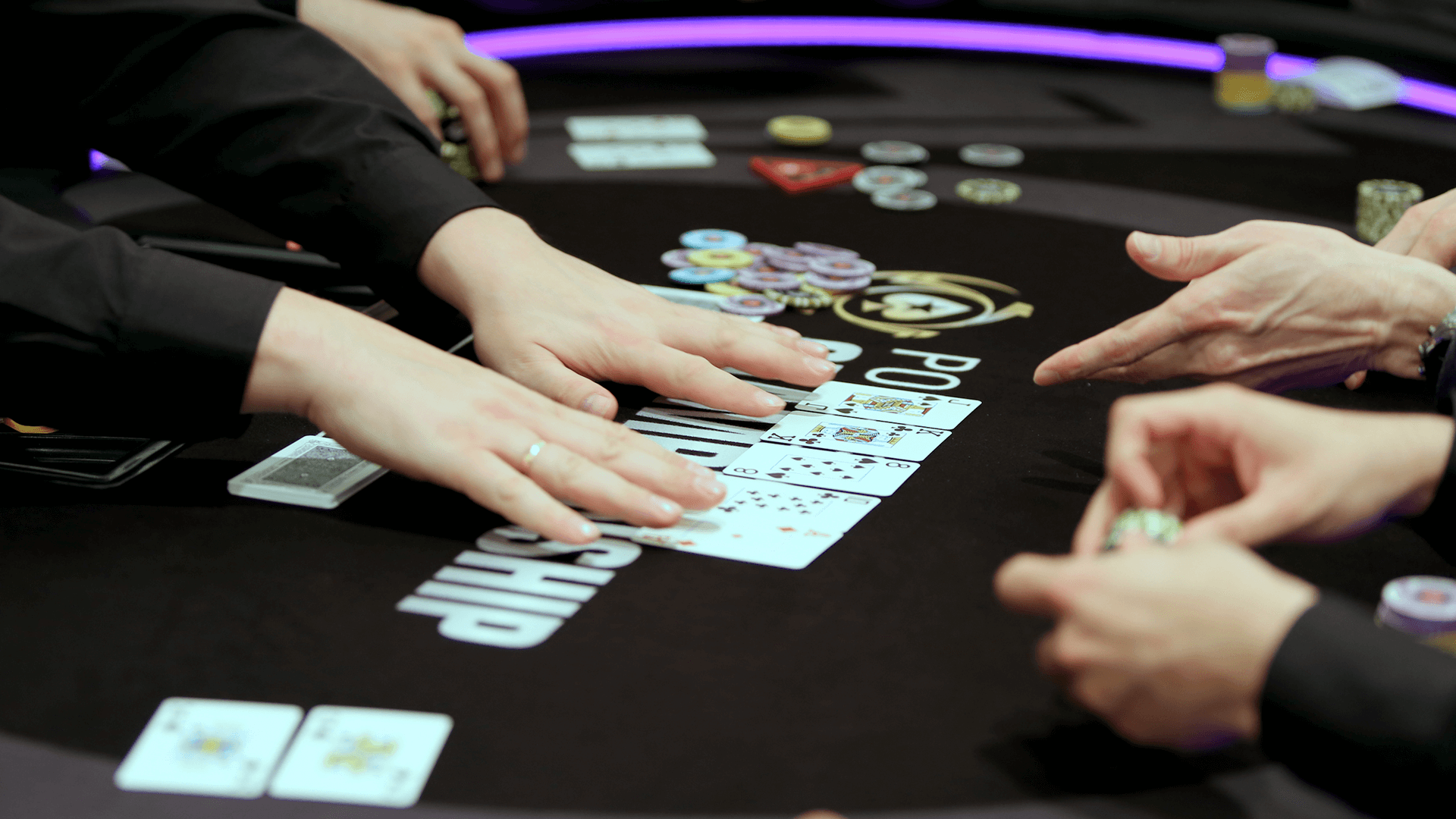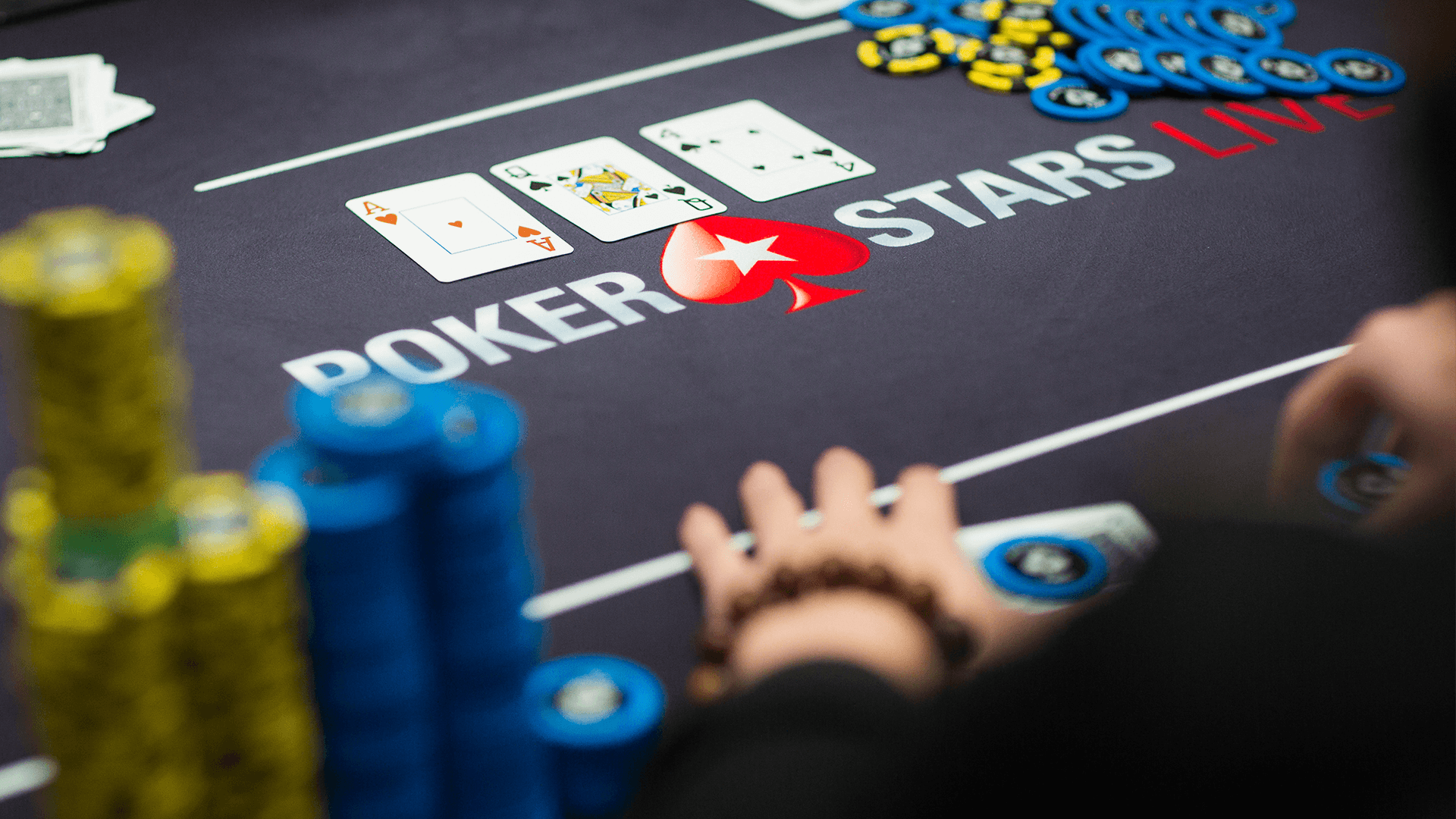Post-Flop Play
We have seen in this chapter how a flop can affect your hand and potentially improve your opponent’s. And once you have assessed where you stand post-flop, you will need to decide how to progress.
As always, there are numerous variables and factors that will inform your decision, and some players will deviate from hard-and-fast rules depending on the specific circumstances. But you should bear in mind a few simple guidelines before making your post-flop decisions.
Playing Made Hands vs Drawing Hands
If you flop a monster or very strong made hand you have two clear tasks:
- Build a big pot for you to win at showdown
- Protect your hand against draws
Remember, a made hand is one that already has the potential to win the pot at showdown. It cannot improve very much and the only way it can be beaten is if your opponent manages to hit a draw.
The best way to get more chips into a pot is to bet and raise heavily and to force your opponent(s) to at least match your bets. If you bet and raise the correct amount, you make the pot unattractive for people with draws to continue. They may decide to make a bad play and hold on to their draws in the attempt to beat you, but they are making a mistake if they do so.

With your made hand you don’t need additional cards to improve. You “only” need to be sure you hold the better hand and get to the showdown with as much money as possible in the middle for you to win.
It therefore follows that betting and raising is almost always the correct approach with a monster made hand.
Playing monster made hands is easier than a lot of other elements of poker, but it is still a very valuable skill to acquire.
In the following examples you will see how playing a monster hand strongly can be the most profitable play. These examples are taken from a cash game, but the same principal applies in whatever type of game you are playing.
Example 1
You hold A♣ A♦ in late position and raise to $10 after two calls. One player calls your raise. The flop comes A♠ 3♦ 9♣ which gives you a set. You bet $18. No need to slowplay. You hold 4♥ 4♠ . The player in MP1 raises, MP2 calls, you call as well. The flop comes J♥ 4♦ 2♦ . This flop is great for you but there is a flush draw. The initial raiser bets $20 and his bet gets called. You should raise to $80 and make build a bigger pot.
In both cases you have played aggressive poker. That means you raised your strong hands before the flop and as you hit your strong hand on the flop you took every chance to bet and raise. And this is exactly the right play.
Playing Strong and Marginal Made Hands
Strong hands are often good enough to win at the showdown. This is especially true against only one or two opponents. But unlike with your monster hands, you usually do not want to play huge pots. The chances are that an opponent who is willing to risk all of his chips has a hand that is better than one pair.
Your main task with strong made hands is to make the correct sized bet: one that makes your opponents pay the wrong price to hit their draws but can also be called by weaker hands. Your tasks are similar with marginal hands but now it is even more important to figure out what your opponent holds. Many times you are up against a better hand. In multi-way pots, mediocre made hands are often worthless and you should not risk your chips with them.

The next two examples deal with strong and mediocre made hands, and demonstrate how caution is usually best when your hand is easily beaten. Again these examples are from cash games, but the principle applies in tournaments too.
Example 2
The players in the two earliest positions both limp. You hold K♠ K♣ in late position and raise to $10. The big blind and one of the early limpers call. The flop is 10♠ Q♦ 8♣ . Both opponents check. You likely have the best hand and so bet $25. Both opponents call your bet. The turn is the 9♣ . The player in the big blind bets out and the player in early position raises all-in. You still have an overpair but you should fold. You hold A♥ K♥ in mid-position. One player calls and you raise. The original limper calls. The flop comes K♦ 2♦ 2♠ giving you top pair. You make a continuation bet, which gets called. The turn is 8♥ and you bet again. The river is 8♦ the completing the flush draw. Your opponent bets into you, representing a very strong hand. But the bet is rather small and you can call to see a showdown.
Playing a Draw
If you are the player with the draw, and you suspect your opponent has a made hand, the advice above is flipped on its head. Instead of building big pots, you often want to keep everything as cheap as possible so that you can hit your draw without risking too much, and discard your hand if you do not hit.
If your opponent bets only a little, then you should often call to see if you can make your hand. If he or she bets a lot, then you will need to determine whether or not it is worthwhile carrying on. This will require some simple mathematics, which is explained during a later lesson.
For now you should focus on making strong hands and getting opponents to pay you the maximum. You can add these other skills to your armoury later on.
